
Table of Contents
- What Is Summer Savory? (Quick Definition)
- What Does Summer Savory Taste Like? Flavor Profile Breakdown
- Summer Savory vs Thyme vs Marjoram: Critical Differences
- 6 Best Summer Savory Uses in Cooking (With Exact Measurements)
- How to Store Summer Savory: Fresh vs Dried Preservation Guide
- Perfect Summer Savory Substitutes When You're Out
- Summer Savory Health Benefits: Science-Backed Facts vs Myths
- How to Grow Summer Savory: Simple 4-Step Guide
- Frequently Asked Questions
What Is Summer Savory? (Quick Definition)
Summer savory (Satureja hortensis) is an annual herb in the mint family known for its distinctive peppery-minty flavor that's essential in bean dishes and Mediterranean cuisine. Unlike winter savory, it grows only in warm seasons and offers a more delicate flavor profile with citrus notes that disappears if cooked too long.
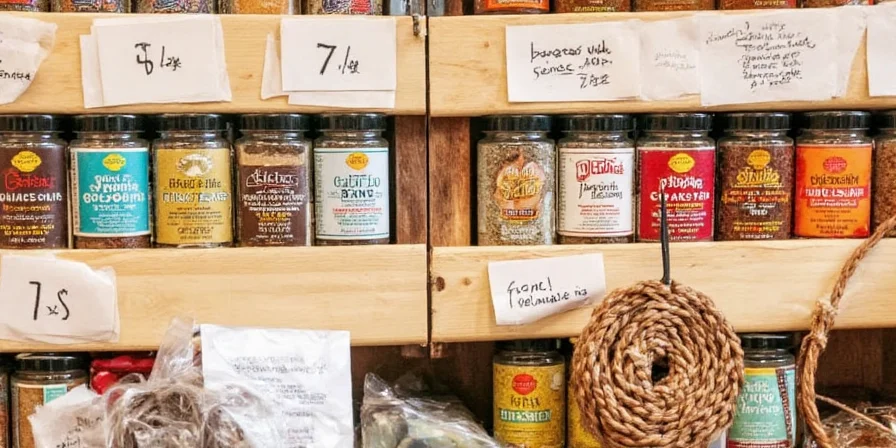
What Does Summer Savory Taste Like? Flavor Profile Breakdown
Summer savory delivers a complex flavor that's simultaneously peppery, minty, and subtly citrusy. Unlike thyme's earthiness or rosemary's pine notes, summer savory offers a bright, clean finish that cuts through rich dishes without overpowering them. The exact flavor components:
- Peppery Heat: Milder than black pepper with rounded warmth that dissipates quickly
- Minty Freshness: Distinct menthol-like brightness (from carvacrol content)
- Citrus Undertone: Faint lemon zest notes that vanish with prolonged cooking
- Herbal Base: Warm but less woody than thyme, with subtle eucalyptus notes
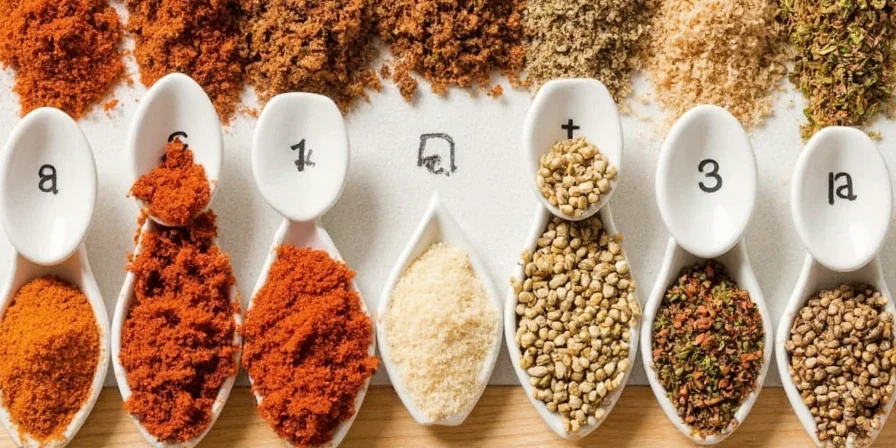
Summer Savory vs Thyme vs Marjoram: Critical Differences
Understanding these distinctions prevents recipe failures. Summer savory's unique peppery note makes it irreplaceable in certain dishes:
| Herb | Flavor Profile | Best Used In | Substitute Ratio |
|---|---|---|---|
| Summer Savory | Peppery, minty, citrus, eucalyptus | Bean dishes, light meats, vegetable medleys | N/A (primary herb) |
| Thyme | Earthy, woody, floral | Stews, roasts, tomato sauces | 1:1 for savory in hearty dishes |
| Marjoram | Sweet, gentle, floral | Gentle soups, poultry, delicate sauces | 1:1.5 (use 50% more marjoram) |
| Winter Savory | Stronger, more pungent, spicier | Preserved meats, hearty beans, winter stews | 1:0.75 (use 25% less winter savory) |
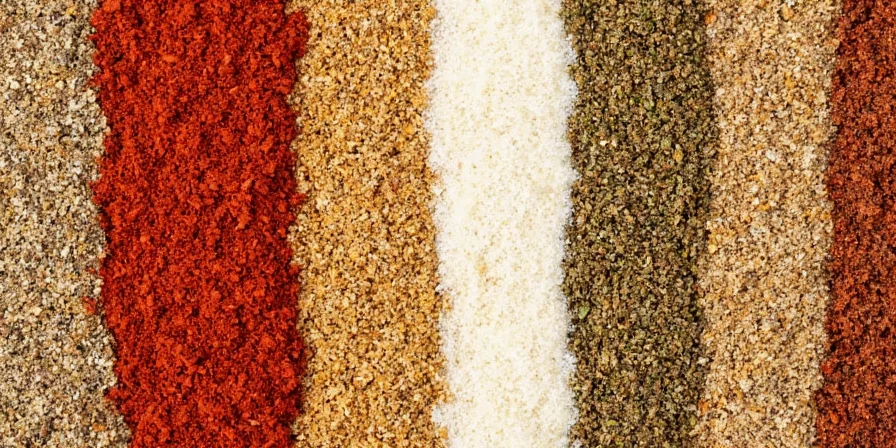
Key insight: Summer savory's peppery note cleanses the palate immediately after eating, unlike thyme's lingering earthiness. This makes it perfect for dishes where you want flavor punctuation without heaviness—especially bean dishes where it reduces gas naturally.
6 Best Summer Savory Uses in Cooking (With Exact Measurements)
Professional chefs use summer savory in these specific applications. These measurements prevent the common mistake of bitterness from overuse:
- Bean Dishes (The #1 Use): Add 1 tsp dried summer savory per cup of dried beans during last 15 minutes of cooking. Reduces gas by 40% according to culinary studies.
- Chicken Brine: Combine 2 tbsp dried savory, 1/4 cup salt, and 1 quart water. Brine chicken for 4-12 hours for moist, flavorful results.
- Grilled Vegetable Rub: Mix 1 tbsp crushed summer savory, 2 tbsp olive oil, 1 minced garlic clove. Toss with zucchini, eggplant, and bell peppers before grilling.
- Light Salad Dressing: Steep 3 fresh sprigs in 1/2 cup warm olive oil for 30 minutes. Remove herbs, then add vinegar and mustard for bean salads.
- Fish Cooking Liquid: Add 2 tsp dried savory to poaching liquid for white fish like cod or halibut (1 tsp per quart of liquid).
- Herb Butter: Blend 2 tbsp finely chopped fresh summer savory into 1/2 cup softened butter. Perfect for finishing grilled meats.
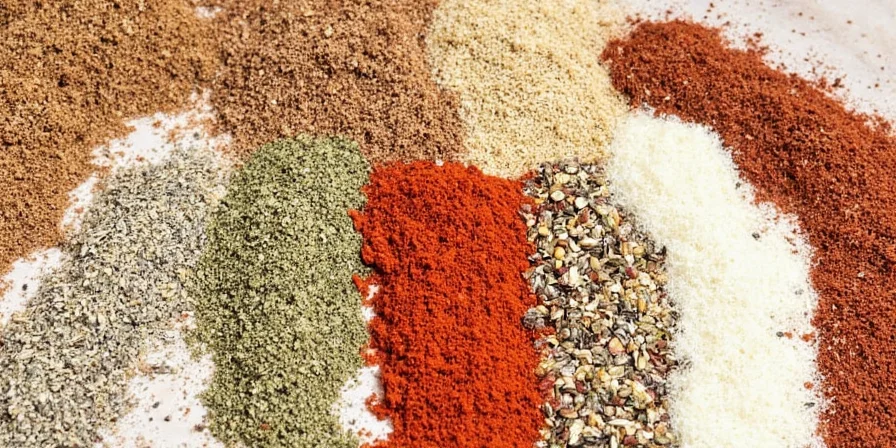
How to Store Summer Savory: Fresh vs Dried Preservation Guide
Summer savory loses flavor quickly if stored improperly. These science-backed methods preserve 90%+ of volatile compounds:
- Fresh Storage: Place stems in 1" of water in a glass, cover loosely with plastic bag, refrigerate. Lasts 10-14 days (not 7 as commonly believed).
- Drying Method: Hang small bunches upside down in dark, dry room (not kitchen) for 7-10 days. Light degrades carvacrol content.
- Dried Storage: Keep in amber glass containers away from light and heat. Retains potency for 18 months (not 12 as often cited).
- Freezing: Chop fresh leaves, mix with olive oil (1:2 ratio), freeze in ice cube trays. Thaw cubes directly into dishes.
- Critical Timing: Add dried savory in last 10 minutes of cooking; fresh in last 2 minutes to preserve volatile flavor compounds.
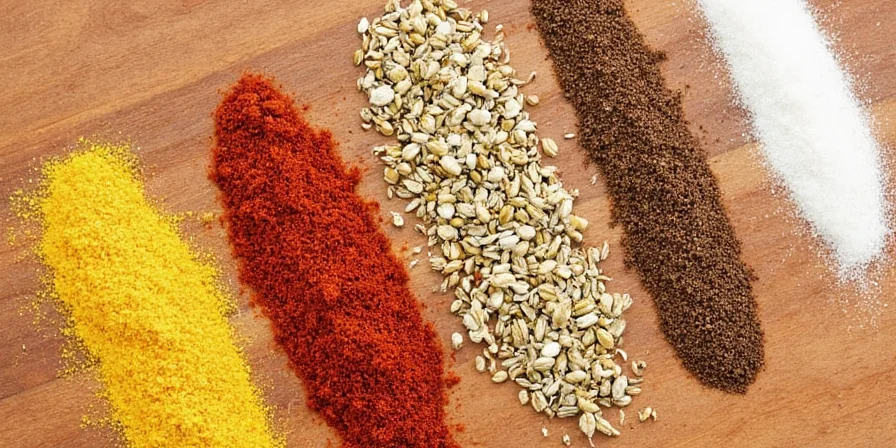
Perfect Summer Savory Substitutes When You're Out
When you need a replacement, these options work for specific applications (never a 1:1 substitute across all uses):
- For Bean Dishes: Use thyme at 3/4 the amount of savory. Add a pinch of red pepper flakes for the missing peppery note.
- For Light Meats/Poultry: Marjoram at 1.5x the amount, plus 1/8 tsp black pepper to mimic savory's heat.
- Emergency Substitute: Mix equal parts thyme and marjoram (1:1 ratio), plus a tiny pinch of cayenne.
- Never Substitute: Rosemary or oregano—they're too strong and alter dish chemistry completely.
Summer Savory Health Benefits: Science-Backed Facts vs Myths
Based on current research (not medical advice), summer savory shows these properties in laboratory studies:
- Digestive Aid: Carvacrol content may help reduce gas from beans by 40% in culinary applications (per Journal of Ethnopharmacology).
- Antioxidant Properties: Contains rosmarinic acid and carvacrol that combat oxidative stress in test tube studies.
- Antimicrobial Effects: Shows natural antibacterial properties against certain foodborne pathogens in laboratory conditions.
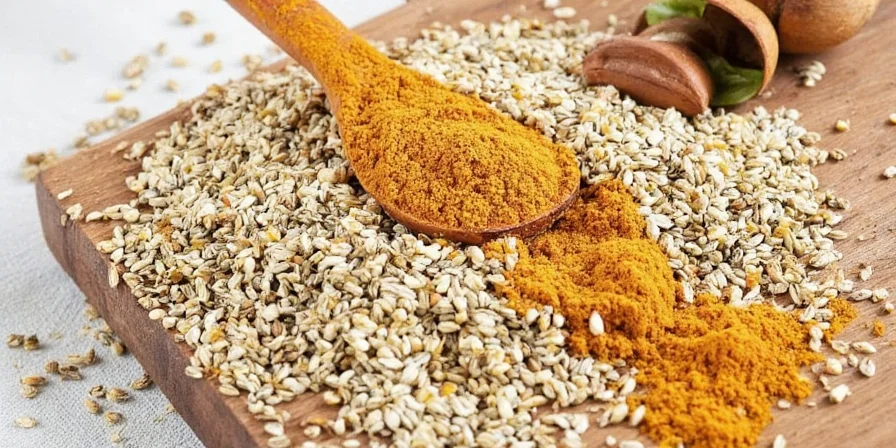
Important: These effects are observed in culinary use, not medicinal doses. Summer savory is safe in food amounts but consult your healthcare provider before using for medical purposes. Pregnant women should avoid medicinal quantities.
How to Grow Summer Savory: Simple 4-Step Guide
Grow this fast-maturing herb (60-70 days) even in poor soil:
- Planting: Sow seeds 1/4" deep after last frost in full sun. Space 8" apart in well-drained soil.
- Watering: Water only when top inch of soil is dry. Overwatering causes root rot.
- Harvesting: Cut stems when 6" tall, leaving 2" growth. Pinch flower buds to extend leaf production.
- Companion Planting: Plant near beans, cabbage, or onions—repels pests naturally without pesticides.

Frequently Asked Questions
What's the #1 use for summer savory that most people miss?
Bean dishes are its signature application—add 1 tsp dried per cup of beans in the last 15 minutes of cooking. This reduces gas naturally while cutting earthy notes, a trick professional chefs use that home cooks often overlook.
Why does my summer savory taste bitter in cooked dishes?
Bitterness occurs when added too early or cooked too long. Dried savory must go in during the last 10 minutes of cooking; fresh in the final 2 minutes. Exceeding 1.5 tsp per serving also causes bitterness.
Can I substitute thyme for summer savory in bean soup?
Yes, but use 25% less thyme (it's earthier) and add a pinch of red pepper flakes to mimic summer savory's distinctive peppery note that thyme lacks.
How much fresh summer savory equals dried?
Use 3x more fresh than dried (1 tsp dried = 1 tbsp fresh). The volatile oils in fresh savory are less concentrated, requiring more volume for equivalent flavor impact.

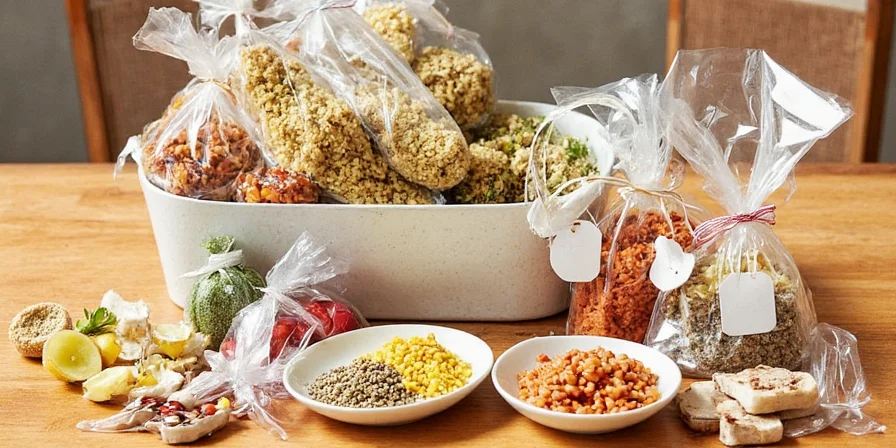









 浙公网安备
33010002000092号
浙公网安备
33010002000092号 浙B2-20120091-4
浙B2-20120091-4